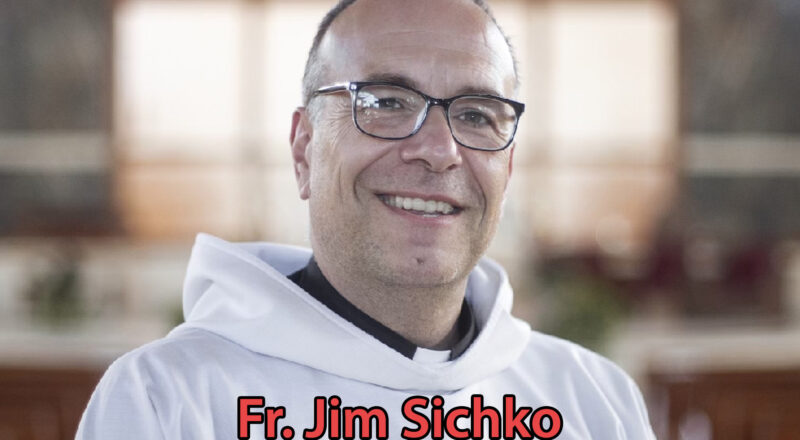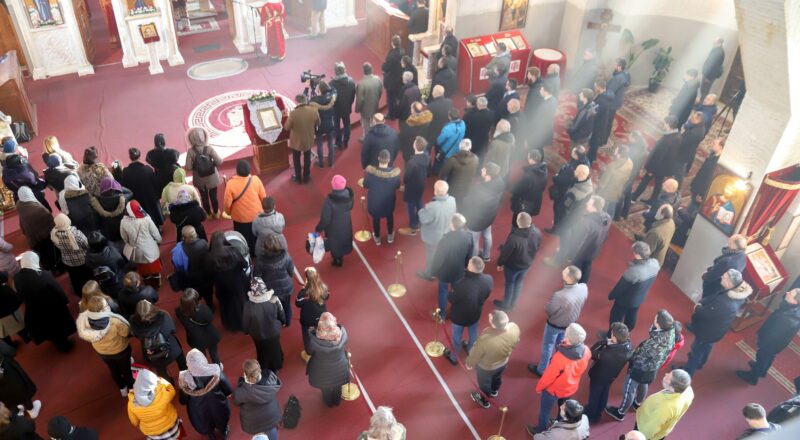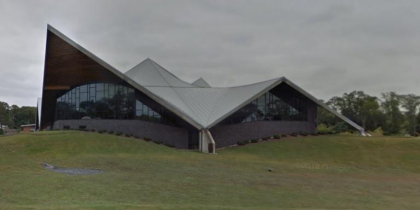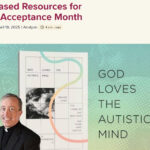This post is not set to give a definitive answer to the question. Instead, my intention is to give an approximation of how what percentage of Catholics at Sunday Mass in an average week in the USA are attending an extraordinary form Mass. Then to ask the obvious question: why is it so much of a focus in Catholic media and online discussions?

I have a generally positive view of extraordinary form. As a young man, I went to the FSSP parish a bit. As a seminarian, I learned the extraordinary form, and have celebrated Mass according to it. I do not regularly celebrate it, but I fully respect it. I would encourage serious Catholics who are curious or interested to attend a Mass celebrated in extraordinary form. I have always said people should go to the Mass available to them that helps them love Jesus most. For some that will be extraordinary form, but for most that will be ordinary form. I generally think if a large enough group of people are of that mindset in a city, it’s best to provide a Mass in extraordinary to help them spiritually.
Total Catholics at Mass on Sunday
The first number we need is how many Catholics are at Mass on a random Sunday. The most recent full numbers on the CARA website are 2015, so I will use them. It lists 68.1 million Catholics connected to parishes or registered to be counted in the Official Catholic Directory. It lists 75.4 million Catholics by survey methods.
Its Mass attendance numbers are surveys and thus include those 7.3 million who answer “Catholic” on a survey but are not registered or connected enough appear in the OCD. These surveys say 23.4% attend Mass weekly and 49.5% attend at least monthly.
For simplicity, let’s assume 1/4 of the 26.1% that attend at least monthly but not weekly are at Mass on a random Sunday. (It is likely higher as a portion of that 26.1% go 2-3 times a month but not quite weekly, but I want to put everything in favor of a large percent of extraordinary form attendees.)
That means 29.9% (23.4% + 26.1%/4) of Catholics are at Mass any random Sunday. So, 22.5 million Catholics are at Mass on a random Sunday.
Those at Extraordinary Form on Sunday
Crisis magazine did a survey last year mainly (92%) before Traditionis Custodes. This will be the basis for this calculation. As they were talking about numbers of the recent past, we will take this as all before the motu proprio.
They found 658 parishes offering extraordinary form (or as they prefer to call it, “Traditional Latin Mass” – I am not going to fight over terminology). They surveyed these parishes and got 82 responses. 85% offered it at least weekly and 15% less frequently. The highest average weekly attendance they got of the three periods they asked about was 196.
To get an estimate for total numbers at Latin Mass, let’s make some generous assumptions.
- First, we are taking 196 vs other months where they reported an average of 145-174 attendees. (They generally avoiding times where pandemic-related things would be a significant factor by only asking January 2020 and Janaury 2021, not May or June 2020 when some may have been lower.)
- Second, let’s assume the 82 that responded are a perfectly representative sample. They tried to contact every parish with extraordinary form Masses and sent out 416 requests. The ones who responded are likely the larger parishes, more organized ones, or those where extraordinary form is a bigger part of the parish. All three would tend to higher attendance.
- Third, let’s assume the 15% who don’t offer extraordinary at least once a month but not weekly do so every second week. I know the most common is monthly, but I want to give every benefit of the doubt to show a large number of extraordinary form attendees. (This is the opposite of what was done above for total Cathlics at Mass.)
- Fourth, let’s assume self-reporting is accurate. We don’t have an option for better data. I could see some being estimates not counts and I would suspect these would overall tend to be a little high. (This is not usually dishonestly but seeing somewhere between 175 and 200 at Mass, but without counting one roughly estimates 200.)
This gives us 119,295 extraordinary form attendees on a random Sunday. (658 * [85%+15%/2] * 196.)
Percentage
Of those attending Mass on a random Sunday in the USA, approximately 0.53% attend an extraordinary form parish (119K/22.5M). This is a small percentage. It is estimated that the USA has one of the highest percentages of extraordinary form attendees in the world.
Addition: Bredan Hodge at the Pillar noted: “There are nearly 17,000 active Catholic parishes, so the 657 venues represent less than of 4% of all Mass venues in the United States.” So again extraordinary form is by far the minority. If we take that 17,000 parishes in the USA by 22.5 Catholics at Mass on an average Sunday, that would mean the average parish has 1324 attendees at Sunday Mass.
We should care for these people’s spiritual needs. On the other hand, we need to understand what portion of the Church they represent.
There is a spotlight effect where when something is overemphasized, people think it is much more common than it is. For example, how often do think strangers abduct kids? People like to quote that 8 million kids go missing and that there are almost 400,000 kids kidnapped each year. Although that is true, most are abductions by family members with the most common being a non-custodial parent taking a child during a child custody dispute. In fact, less than 1/100th of 1% (1/10,000th) of all kidnappings of minors is by a stranger, for about 115 a year. That’s about 1 in 646,000. A person is slightly more likely (1 in 500,000) to be struck by lightning & 8.5 times more likely to die from drowning.
I think a similar spotlight effect can happen with extraordinary form. Given the portion of Catholic discussion on the topic, we can assume it is much more common than it is. Probably not as distorted as “stranger-danger” where an astronomically rare possibility over-shadows childhood, but we can still distort things.
Focus?
The question then is how much of Catholic media time and public online discussion about Catholicism should extraordinary form occupy? In my experience at least, its coverage is far beyond the portion of Catholics it represents. And even for them, it is but one aspect of their Catholic life. I know Eastern Catholics and people who are registered in Anglican use parishes. They mention the liturgy differences, but that’s not all they talk about online. There are a few questions we need to ask as a consequence of the attention given extraordinary form:
- What important questions of Catholic life aren’t being addressed due to the immense amount of emphasis put her in the discussion? (Every discussion involves an opportunity cost in that having that discussion means we don’t have another discussion.)
- What is behind this huge amount of emphasis?
- Given this discussion often gets cantankerous, how does this show unity? How does this discussion evangelize?
I’m not going to answer those but I think they are worth considering before going on about this topic again. I think unity without uniformity is important in Catholicism and I support extraordinary form where there are enough people it would help spiritually.









